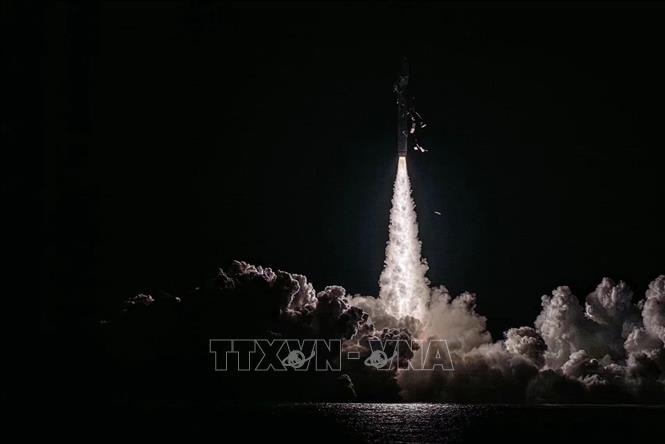On August 5, the China Securities Journal reported that a Chinese state-owned enterprise launched the first constellation of satellites into orbit, moving to compete with the Starlink commercial broadband network of the US company SpaceX.

The launch, led by telecommunications service provider Shanghai Spacecom Satellite Technology (SSST), took place at the Taiyuan Satellite Launch Center in northern China's Shanxi Province.
The move marks a major step forward in China’s strategic goal of creating its own version of the growing Starlink network of some 5,500 satellites in space. The launch is also part of the SSST’s “G60 Starlink Plan,” which was announced last year and aims to deploy more than 15,000 low-Earth orbit (LEO) satellites and is one of three major plans that China hopes will allow it to close the gap with SpaceX.
LEO satellites typically operate at altitudes of 300 km to 2,000 km above the Earth's surface. These satellites have the advantage of being cheaper and providing more efficient transmission capabilities than satellites in higher orbits.
Also according to China Securities Journal, SSST plans to launch 108 satellites this year, 648 satellites by the end of 2025, provide global Internet coverage by 2027, and deploy 15,000 satellites before 2030.
Currently, SSST has not commented on the above information.